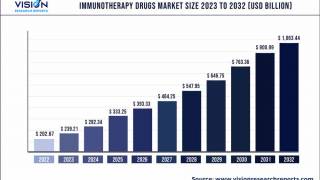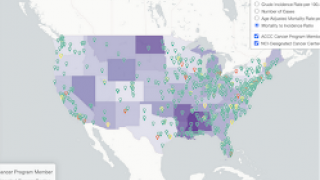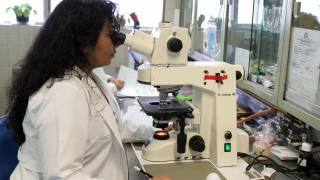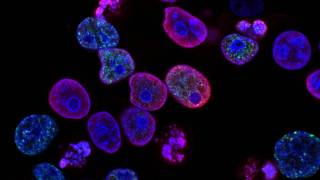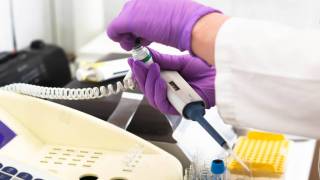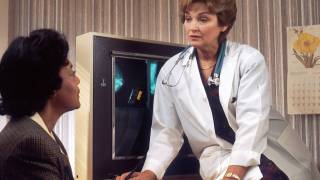Cervical Cancer Can Be Reduced Further with Enhanced Screening Guidelines

Updated cervical cancer screening recommendations were issued today by the U.S. Preventive Services Task Force (USPSTF).
These new testing recommendations are based on evidence showing that almost all cases of cervical cancer are caused by the human papillomavirus (HPV).
Additionally, hrHPV tests are the best way to find evidence that the virus is causing the damage to the cervix that can lead to cervical cancer.
The best news from this study is the number of deaths from cervical cancer in the USA has decreased substantially since the implementation of widespread cervical cancer screening.
In 2018, an estimated 13,240 new cases and 4,170 deaths will occur, making cervical cancer the 18th most common cause of cancer death in the United States, reports the Centers for Disease Control and Prevention (CDC).
Most cases of cervical cancer and related deaths occur among women who have not been adequately screened, followed up, or treated.
But, the USPSTF believes we can continue to reduce these deaths with enhanced testing guidelines, such as:
The USPSTF recommends:
- screening for cervical cancer every 3 years with cervical cytology alone in women aged 21 to 29 years,
- screening every 3 years with cervical cytology alone,
- every 5 years with hrHPV testing alone, or
- every 5 years with hrHPV testing in combination with cytology (co-testing) in women aged 30 to 65 years.
The USPSTF recommends against:
- screening for cervical cancer in women younger than 21 years,
- screening for cervical cancer in women older than 65 years who have had adequate prior screening and are not otherwise at high risk for cervical cancer,
- screening for cervical cancer in women who have had a hysterectomy with removal of the cervix and do not have a history of a high-grade precancerous lesion or cervical cancer.
The USPSTF bases its recommendations on the evidence of both the benefits and harms of the service and an assessment of the balance. The USPSTF does not consider the costs of providing a service in this assessment.
The USPSTF recognizes that clinical decisions involve more considerations than evidence alone. Clinicians should understand the evidence but individualize decision making to the specific patient or situation.
Similarly, the USPSTF notes that policy and coverage decisions involve considerations in addition to the evidence of clinical benefits and harms.
Recently, a new immunotherapy to treat cervical dysplasia caused by HPV has launched a phase 3 clinical study.
Left untreated, women diagnosed with cervical HSIL are at an increased risk of developing cervical cancer.
This study is important since there are no treatments available for HPV infection and surgery is the only approved treatment for cervical HSIL
Additionally, a new study confirms the effectiveness of the quadrivalent HPV vaccine in women up to 20 years of age who receive all 3 doses.
According to this population case-control study of over 25,000 women in California aged 14-20 years, catch-up HPV vaccinations are effective against the risk of cervical precancers, if women receive all 3 HPV vaccine doses.
HPV vaccination services are found in most pharmacies and physician offices in the USA.
To schedule a vaccination appointment, please visit this page.
The CDC Vaccine Price List provides HPV vaccine prices for general information.
And vaccine discounts can be found here.
Vaccines, like any medicine, can have side effects, says the CDC. You are encouraged to report negative side effects of vaccines to the FDA or CDC.
Our Trust Standards: Medical Advisory Committee
- Cervical Cancer: Screening
- Screening for Cervical Cancer US Preventive Services Task Force Recommendation Statement
- Effectiveness of catch-up human papillomavirus vaccination on incident cervical neoplasia in a US health-care setting
- Cervical Cancer HPV Vaccine Candidate Launches Phase 3 Study
- For Young Women, It’s Not Too Late For HPV Vaccination


